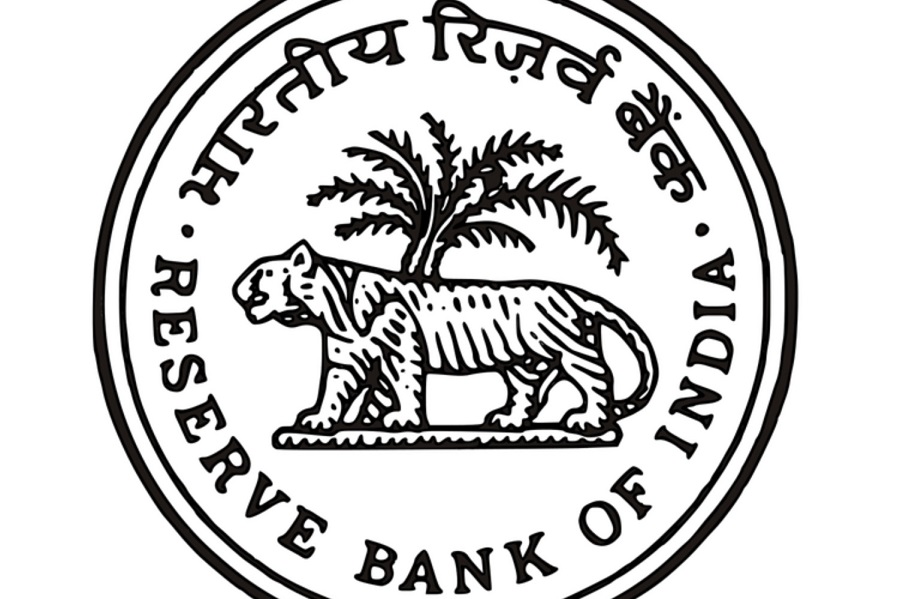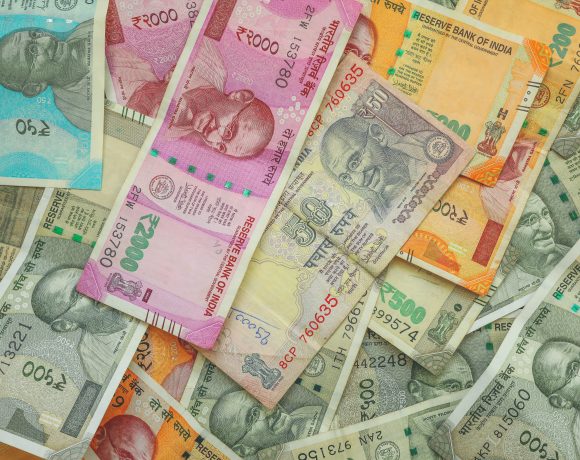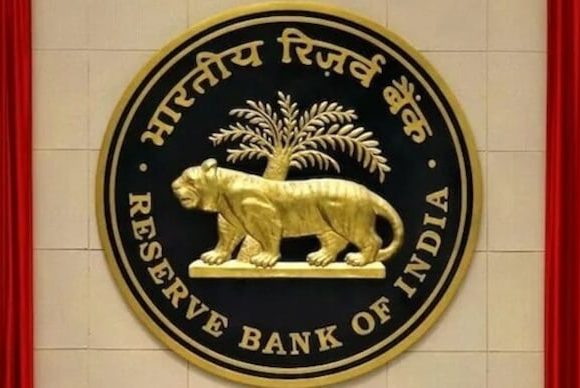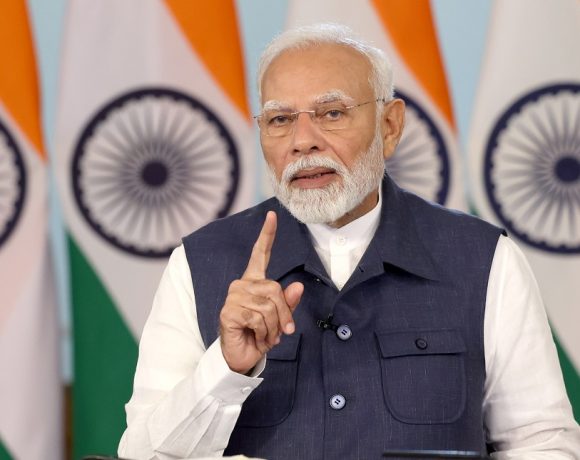
RBI Study Reveals Rupee Depreciation Boosts Exports
In a significant observation on India’s trade dynamics, a recent study by the Reserve Bank of India (RBI) has revealed that a depreciating rupee provides a considerable boost to the country’s exports, whereas a strengthening rupee has a relatively smaller impact on imports. The findings underscore the asymmetric influence of currency movements on India’s trade balance.
Exports Benefit from a Weaker Rupee
The study highlights that when the rupee weakens against major global currencies, Indian goods become more competitively priced in international markets, driving up demand and export volumes. This trend strengthens the trade balance, making a weaker rupee a favorable scenario for export-oriented sectors.
Imports Less Sensitive to Rupee Appreciation
On the other hand, the study found that a stronger rupee, which makes imports cheaper, does not lead to a proportional increase in import volumes. This discrepancy indicates that rupee depreciation has a more pronounced positive effect on trade compared to the limited gains from rupee appreciation.
Analysis of Exchange Rate Movements
The RBI’s analysis is based on the Real Effective Exchange Rate (REER), using indices that account for currency fluctuations against six and 40 major trading partners. The findings reaffirm the importance of exchange rate management in enhancing export competitiveness and maintaining a favorable trade balance.
Implications for Economic Policy
These insights hold significant implications for policymakers and exporters. With a global focus on boosting trade, strategic management of the exchange rate can serve as a powerful tool to drive India’s exports. The study reinforces the need for a nuanced approach to exchange rate policy to maximize the benefits of currency fluctuations.
As India continues to navigate global economic uncertainties, this study provides valuable data to strengthen the country’s position in international trade and maintain a healthy trade balance.


















